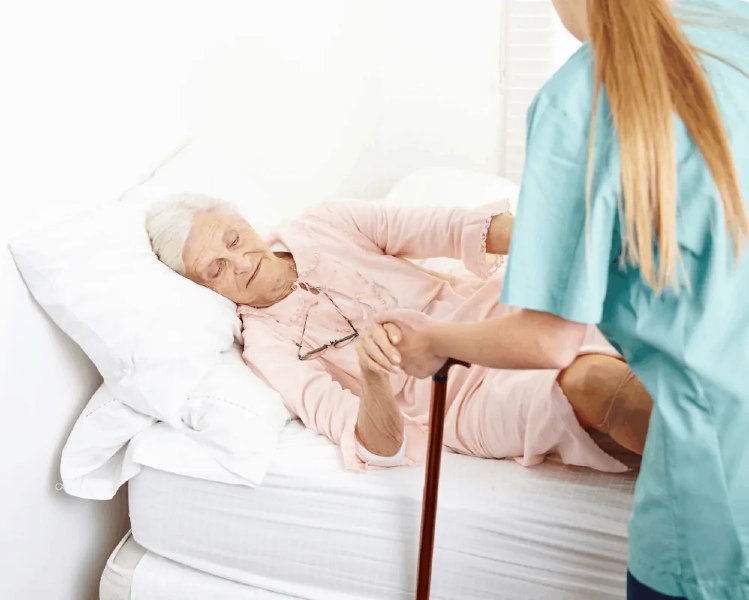Patient safety is a significant concern for the elderly or those recovering from any major trauma, illness, or surgery. While many households employ caregivers for the recovery duration, there may be periods when the patient is by himself or herself. There are risks of suffering a fall when the patient tries to use the bathroom or get up for any reason.
A fall prevention alarm can reduce many of these risks. You can check out providers like Safety and Mobility to know more about preventing such accidents.
Here is a guide to choose the fall prevention alarm best suited for your needs.
- Activation
Fall prevention alarms work by alerting the patient and the loved ones of any circumstances that might cause the patient to fall. While buying an alarm, conduct a thorough inspection of the area where the patient will usually be resting. Assess which side of the bed the patient will use if they try to get up. Choose an alarm that will be activated as soon as they try to do so. The alarm should be in sync with the environment to alert you of any changes.
- Degree of Movement
Some fall prevention alarms are designed to go off as soon as there is some movement. Depending on the user’s age or condition, determine how much activity is allowed for the patient. Is there a danger if they simply roll over on their beds? Or can they at least go up and walk up to the window but not out of the room? Are there any obstacles around?
Choose an alarm that will help you adjust the settings so that the user can enjoy a degree of mobility to a point it does not jeopardize their safety.
- Design
There are quite a few fall prevention alarms to choose from in terms of design. You can choose the wireless alarms that do not involve any wires running along with the floors that might cause someone to trip. You can also use infrared alarms that use light to detect motion. They are instrumental while monitoring patients with conditions like dementia who might wander off and risk a fall.
These alarms can be placed by the door or window, a bed, or by the stairs. However, they should not be placed in high traffic areas as they will keep going off throughout the day whenever there is the slightest movement.
- Pressure Sensitive or Wearable
Depending on the patient’s condition, you can choose alarms that are pressure sensitive, or the patient can also wear them. Pressure-sensitive alarms are good if the patient is in a wheelchair, and there is a risk they might lose control. This can happen with partially paralytic patients, and they might fall when trying to get in or out of wheelchairs by themselves. The pressure on the wheels can set off the alarm and alert the caregiver.
For patients who are prohibited from getting out of bed for their safety, the wearable alarm is a good option. The alarm is attached to the patient’s clothing, and the pin is plugged in. When they try to get out of bed, the movement causes the pin to pull out and sets off the alarm.
By assessing the patient’s condition and the environment, you can choose the right fall prevention alarms. You can check out sites like Safety and Mobility for more information.

